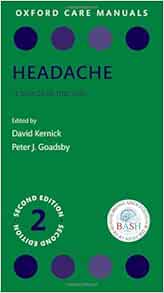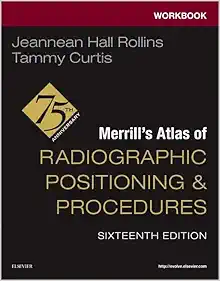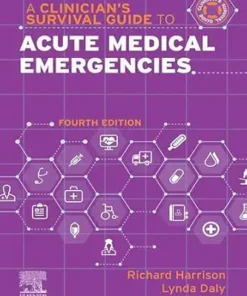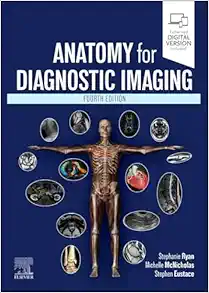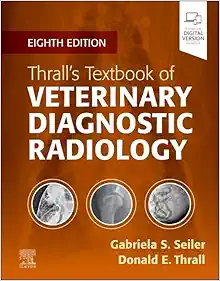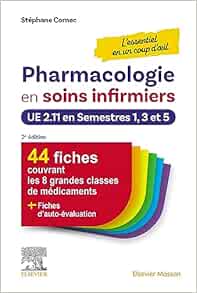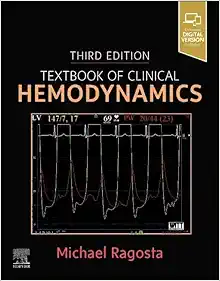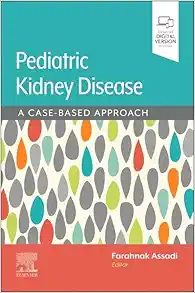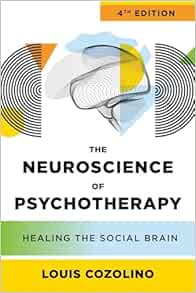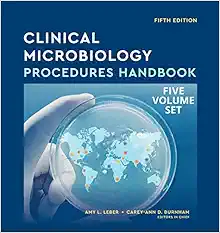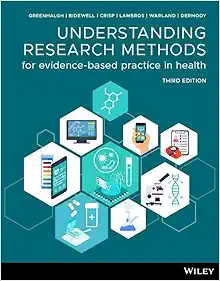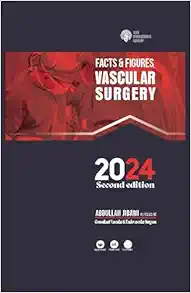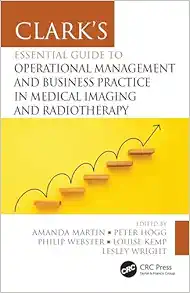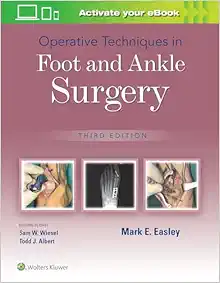Dermatoscopy and Skin Cancer, updated edition: A handbook for hunters of skin cancer and melanoma (PDF)
10 $
Format : Publisher PDF
File Size : 45 MB
This updated edition of Dermatoscopy and Skin Cancer provides a handbook for dermatologists, dermatoscopists, and GPs to distinguish between benign and malignant skin tumors. The book includes algorithms, microanatomy of the skin, specimen processing, histopathology, and dermatoscopic features of common and significant lesions. It uses high-quality images and provides a detailed approach to skin assessment. The eBook has 384 pages and is published by Scion Publishing Ltd. in English with ISBN 978-1914961205.
Dermatoscopy and Skin Cancer, updated edition: A handbook for hunters of skin cancer and melanoma (PDF Book)
By Cliff Rosendahl, Aksana Marozava
Dermatoscopy and Skin Cancer, updated edition, is a handbook to help dermatologists, dermatoscopists and GPs easily differentiate between benign and malignant tumours, leading to fewer unnecessary biopsies and earlier treatment of cancers. Based around two easy to follow algorithms, ‘Chaos and Clues’ and ‘Prediction without Pigment’, the book shows all dermatoscope users how to confidently diagnose skin lesions earlier and with greater precision. In addition, this handbook provides coverage of:
Introduction:
Dermatology is a discipline that deals with the diagnosis and treatment of skin diseases. One of the most significant challenges that dermatologists face is the differentiation between benign and malignant skin lesions. Skin cancers are common, and their early detection and treatment are crucial for successful outcomes. Dermatoscopy, a non-invasive diagnostic tool, has proved to be a valuable aid in the diagnosis of skin tumors. In this article, we will review the recently updated edition of “Dermatoscopy and Skin Cancer” by Cliff Rosendahl and Aksana Marozava, which aims to provide an easy-to-follow algorithmic approach to dermatoscopists, helping them differentiate between benign and malignant skin lesions.
Analysis:
The book’s primary goal is to offer dermatoscopists an algorithmic approach to skin examination that helps them make quick and accurate diagnoses. The authors have designed two algorithms, ‘Chaos and Clues’ and ‘Prediction without Pigment,’ to aid in this process. The Chaos and Clues algorithm aims to identify malignant lesions using asymmetry and disorganization as indicators of malignancy. On the other hand, the Prediction without Pigment algorithm focuses on the appearance of blood vessels, which can help diagnose pigmented and non-pigmented skin tumors.
The authors have also included comprehensive coverage of the microanatomy of the skin, specimen processing and histopathology, the language of dermatoscopy, approaches to skin examination and photodocumentation, revised pattern analysis, and dermatoscopic features of common and significant lesions. All of these provide a strong foundation of knowledge to individuals in the field of dermatology.
Key Features:
The updated edition of “Dermatoscopy and Skin Cancer” provides a comprehensive guide to dermatoscopists and GPs, enabling them to diagnose benign and malignant skin lesions precisely. The book is written in an easy-to-follow format that makes it an ideal resource for those looking to learn about dermatoscopy and skin tumors.
One of the critical features of this book is the algorithms that the authors have designed for the diagnosis of skin tumors. These algorithms are based on years of experience and research, making them highly effective in diagnosing benign and malignant skin lesions accurately.
Another vital aspect of the book is the hundreds of high-quality images used to illustrate various skin lesions. These photographs enable dermatoscopists and GPs to identify specific dermoscopic features and patterns, aiding in the early diagnosis of skin cancer.
Target Audience:
The primary target audience of this book is dermatoscopists, dermatologists, and GPs involved in the diagnosis and treatment of skin tumors. However, medical students, residents, and other healthcare professionals can also benefit from reading this book as it provides a detailed overview of the field of dermatology.
Conclusion:
The updated edition of “Dermatoscopy and Skin Cancer” is a must-have resource for dermatologists, dermatoscopists, and GPs involved in the diagnosis and treatment of skin tumors. The book provides an easy-to-follow algorithmic approach to skin examination that helps diagnose skin tumors accurately. Additionally, this book provides a comprehensive overview of the microanatomy of the skin, specimen processing and histopathology, the language of dermatoscopy, approaches to skin examination and photodocumentation, revised pattern analysis, and dermatoscopic features of common and significant lesions. The numerous high-quality images used throughout the book make the identification of various skin lesions easier. Therefore, we strongly recommend this book to all individuals involved in the field of dermatology.
Product Details
- Publisher : Scion Publishing Ltd.; Updated edition (July 20, 2023)
- Language : English
- eBook Digital : 384 pages
- ISBN-10 : 191496120X
- ISBN-13 : 978-1914961205
Related Products
Medical Book
Medical Book
Medical Book








